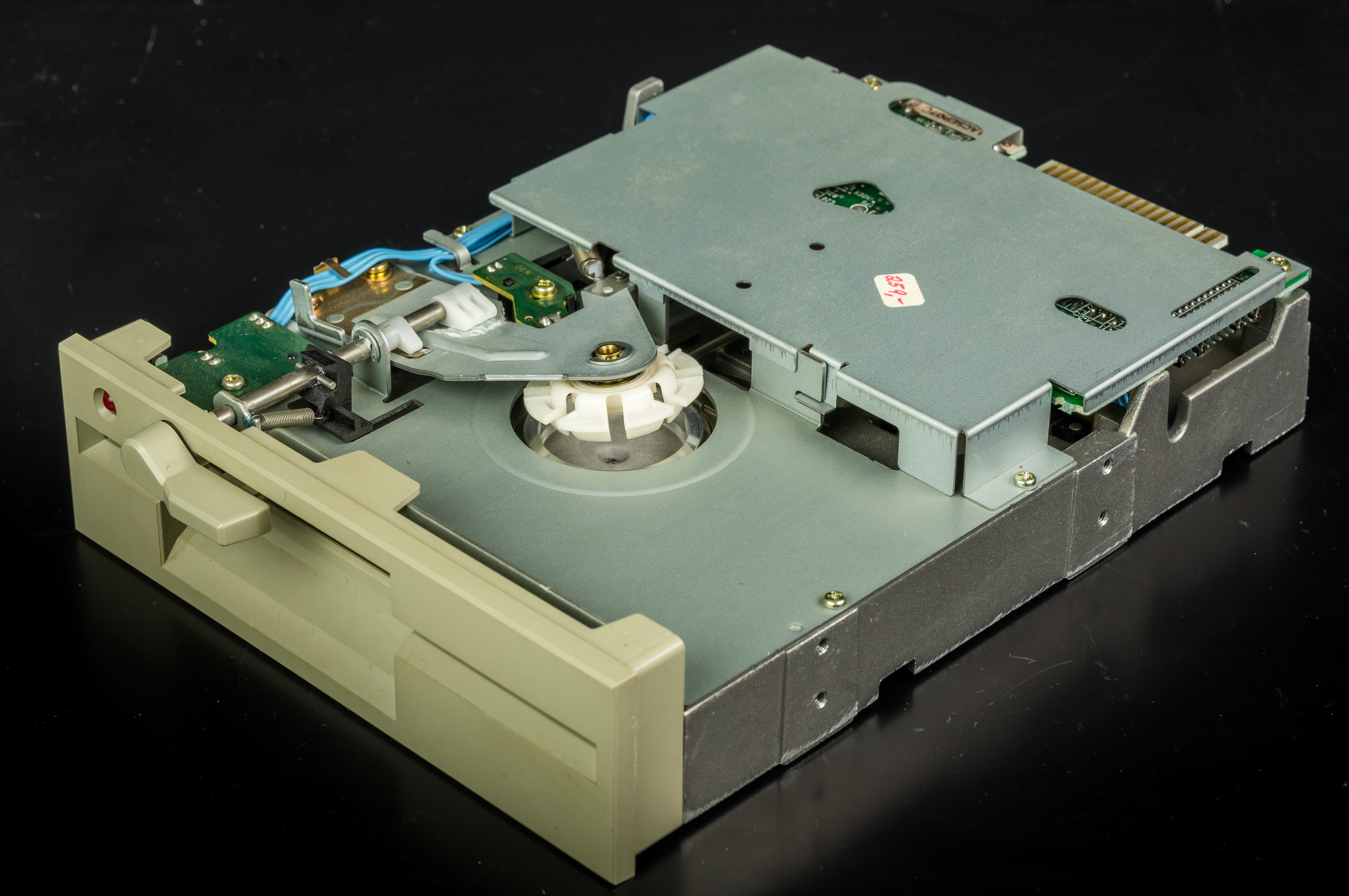Chinon Industries on:
[Wikipedia]
[Google]
[Amazon]
was a Japanese 

 They manufactured several cameras, such as the CG-5, which was one of the first cameras ever to use an Auto Focus lens, which had to be bought separately. The lenses are now rare. They were cumbersome and had two infrared "eyes" on the top. They would connect by a bayonet fitting similar to the Pentax K fitting, except they also had electrical contacts which would power the motor at the press of the shutter release button.
Another popular camera was the CM-1, a basic, fully manual 35 mm SLR camera favored by student amateur photographers because it was cheaper than the rival Pentax K-1000, but could use the same lenses and accessories. The CM-1 featured a battery-powered through-the-lens light metering system that utilized a red-above, green-middle, and red-below to indicate whether the shutter speed/aperture setting was over/ok/under exposing the picture. It also used a split-image prism for determining when an image was properly focused. The CM-1 was sold through discount retailers such as K-Mart during the 1980s and proved to be very durable and reliable. Chinon branded products were sold in the UK through the Dixons high-street chain in the same period.
Most of Chinon's SLR cameras, such as the Chinon CE-5, used the Pentax K-mount, which was promoted by Pentax as a universal mount and therefore Pentax allowed and even encouraged other manufacturers to utilize their mount. This helped to expand the range of lens offerings for both Chinon and Pentax cameras.
Several Chinon SLRs used the Pentax 42mm screw mount for the lens. Examples being the Chinon CS and the Memotron which were sold through Dixons. The CS had TTL metering and the Memotron had auto exposure with a handy system which allowed the user to take and retain a meter reading and save the exposure for a shot taken where the subject matter had been reframed.
They manufactured several cameras, such as the CG-5, which was one of the first cameras ever to use an Auto Focus lens, which had to be bought separately. The lenses are now rare. They were cumbersome and had two infrared "eyes" on the top. They would connect by a bayonet fitting similar to the Pentax K fitting, except they also had electrical contacts which would power the motor at the press of the shutter release button.
Another popular camera was the CM-1, a basic, fully manual 35 mm SLR camera favored by student amateur photographers because it was cheaper than the rival Pentax K-1000, but could use the same lenses and accessories. The CM-1 featured a battery-powered through-the-lens light metering system that utilized a red-above, green-middle, and red-below to indicate whether the shutter speed/aperture setting was over/ok/under exposing the picture. It also used a split-image prism for determining when an image was properly focused. The CM-1 was sold through discount retailers such as K-Mart during the 1980s and proved to be very durable and reliable. Chinon branded products were sold in the UK through the Dixons high-street chain in the same period.
Most of Chinon's SLR cameras, such as the Chinon CE-5, used the Pentax K-mount, which was promoted by Pentax as a universal mount and therefore Pentax allowed and even encouraged other manufacturers to utilize their mount. This helped to expand the range of lens offerings for both Chinon and Pentax cameras.
Several Chinon SLRs used the Pentax 42mm screw mount for the lens. Examples being the Chinon CS and the Memotron which were sold through Dixons. The CS had TTL metering and the Memotron had auto exposure with a handy system which allowed the user to take and retain a meter reading and save the exposure for a shot taken where the subject matter had been reframed.
 Chinon also was a manufacturer of
Chinon also was a manufacturer of
camera
A camera is an instrument used to capture and store images and videos, either digitally via an electronic image sensor, or chemically via a light-sensitive material such as photographic film. As a pivotal technology in the fields of photograp ...
manufacturer. Kodak
The Eastman Kodak Company, referred to simply as Kodak (), is an American public company that produces various products related to its historic basis in film photography. The company is headquartered in Rochester, New York, and is incorporated i ...
took a majority stake in the company in 1997, and made it a fully owned subsidiary of Kodak Japan, , in 2004. As a subsidiary, it continues to develop digital camera
A digital camera, also called a digicam, is a camera that captures photographs in Digital data storage, digital memory. Most cameras produced today are digital, largely replacing those that capture images on photographic film or film stock. Dig ...
models.

 Chinon also was a manufacturer of
Chinon also was a manufacturer of CD-ROM drive
A CD-ROM (, compact disc read-only memory) is a type of read-only memory consisting of a pre-pressed optical compact disc that contains data computers can read, but not write or erase. Some CDs, called enhanced CDs, hold both computer data and ...
s, scanners, electronic pocket calculators, and floppy disk drives. They even entered the VR market with Cybershades for the PC, launched in the US market in 1995 for $199.
They produced a variety of both prime and zoom lenses for 35mm film cameras, commonly in the M42 mount or Pentax K mount. The focal lengths of the prime lenses include 28mm, 35mm, 50mm, 135mm, and 200m.
References
External links
* {{Authority control Manufacturing companies established in 1948 Manufacturing companies disestablished in 2004 Japanese companies established in 1948 Japanese companies disestablished in 2004 2004 mergers and acquisitions Companies based in Nagano Prefecture Defunct companies of Japan Defunct photography companies Photography equipment manufacturers of Japan Lens manufacturers Kodak